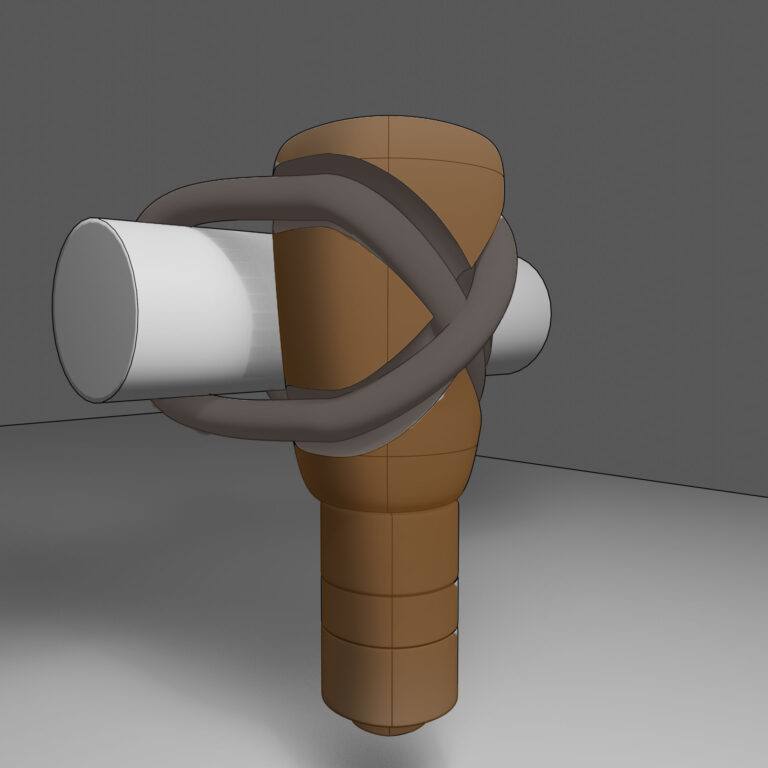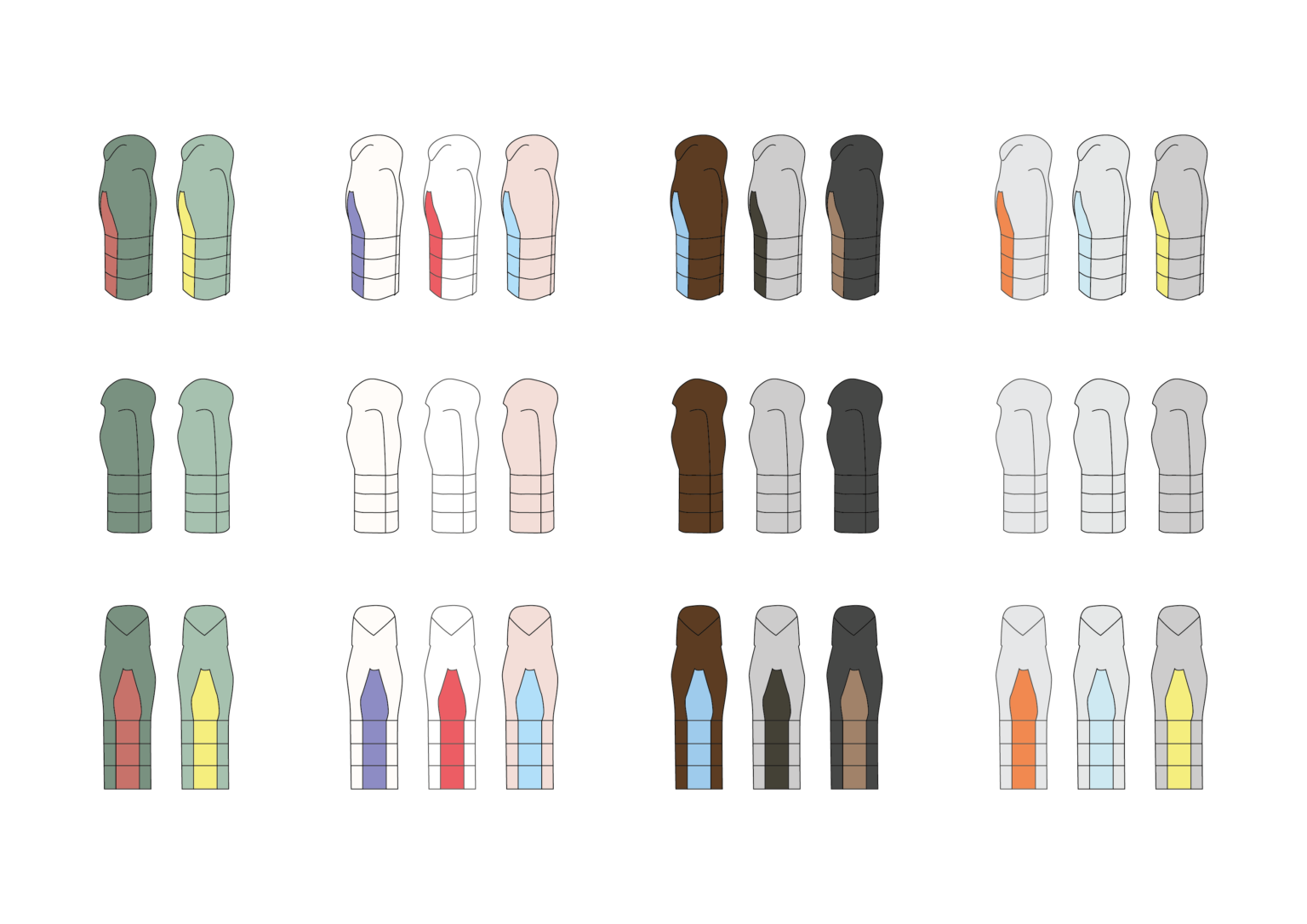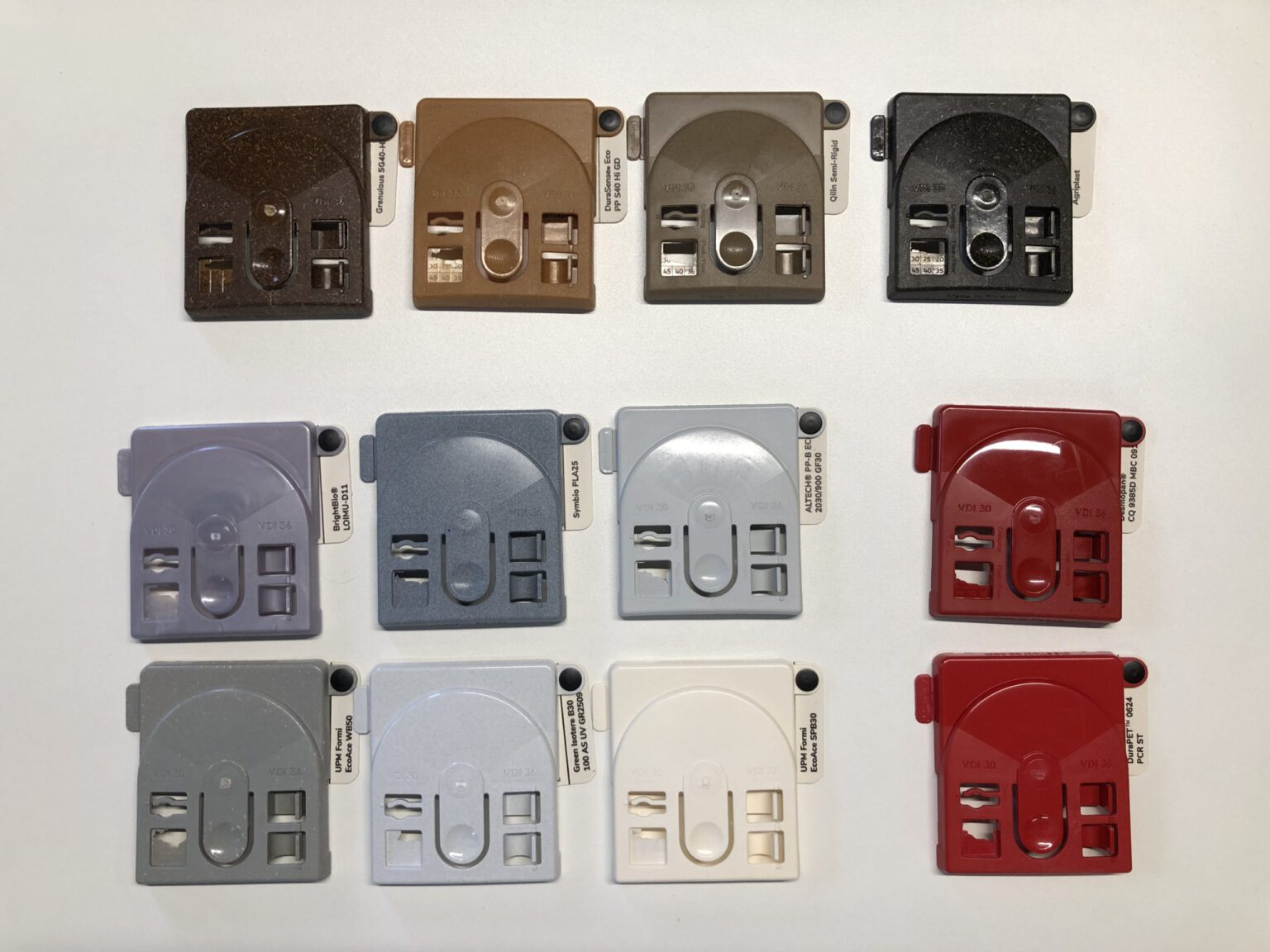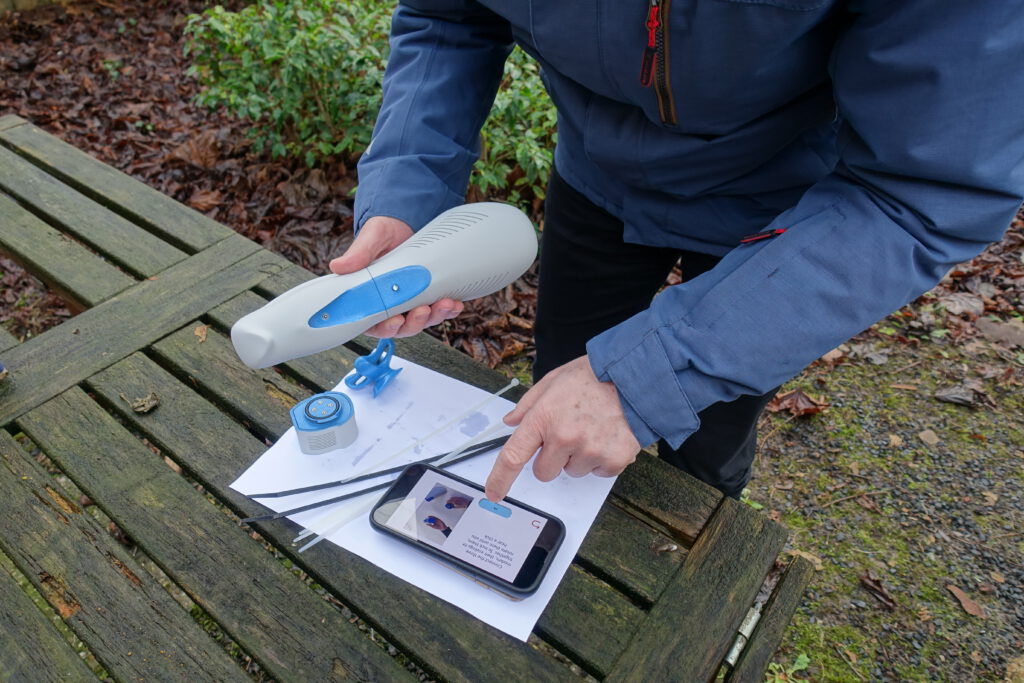MSc Graduation Project
Project
Developed in collaboration with design studio Superellipse, this graduation project explored how design can empower citizen science by creating a physical, modular and user-friendly measuring instrument combined with an online platform. Aimed at supporting both citizen scientists and researchers, it addresses key challenges such as participant motivation and limitations of low-cost measuring instruments. The collaboration offered insights into how commercialization strategies might help to do so. The project promotes ethical, transparent, and inclusive participation, democratizing citizen science and making it more accessible to diverse users. The outcome is a robust, scalable, and reusable product-service system that empowers citizens and supports local organizers, eventually contributing to maximizing the scientific and societal impact of citizen science.
Public Participation Powered by Design: Developing a Measuring Instrument to Enhance Citizen Science Engagement

How does it work?
The heart of the system is a physical measuring instrument designed for flexible deployment in outdoor environments. It can easily be placed in the soil, attached to a railing, or mounted on a pole or tree—making it suitable for use in gardens, balconies, parks, and even remote locations. The design features interchangeable sensor modules that can be configured for different research goals, such as monitoring air quality or soil moisture, depending on the project’s context.
Built for plug-and-play functionality, the instrument begins collecting data immediately upon installation—no calibration or technical setup required. Physical design cues, such as clearly defined connection points and mounting guidance, support intuitive installation, while an interactive mobile and desktop tool offers step-by-step visual guidance, helping users position the device, troubleshoot, and understand how to interact with it. Even in offline scenarios, the device continues to function independently, storing data locally until it can be synced.
Collected data is transmitted to an integrated platform, where participants can explore real-time insights, track their own contributions, and compare with others. The product also includes subtle visual elements to inform ambient users nearby, supporting transparency and building trust. Designed to be reused across multiple projects, its durable, repairable build ensures long-term value and reduced environmental impact.

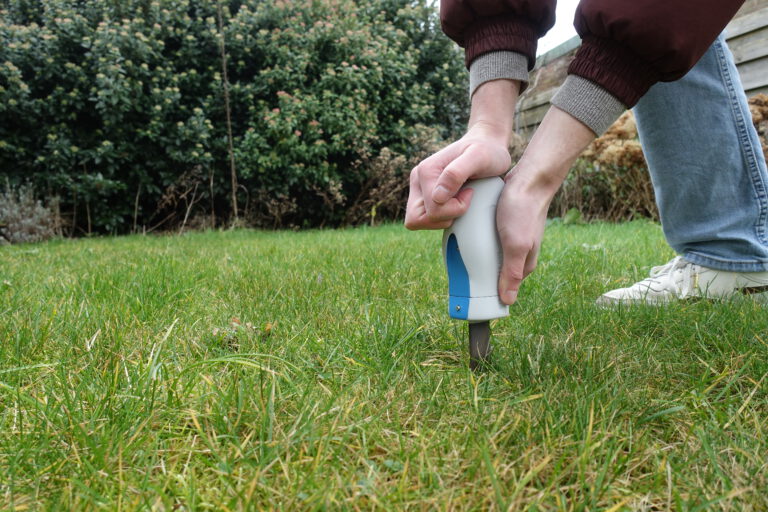
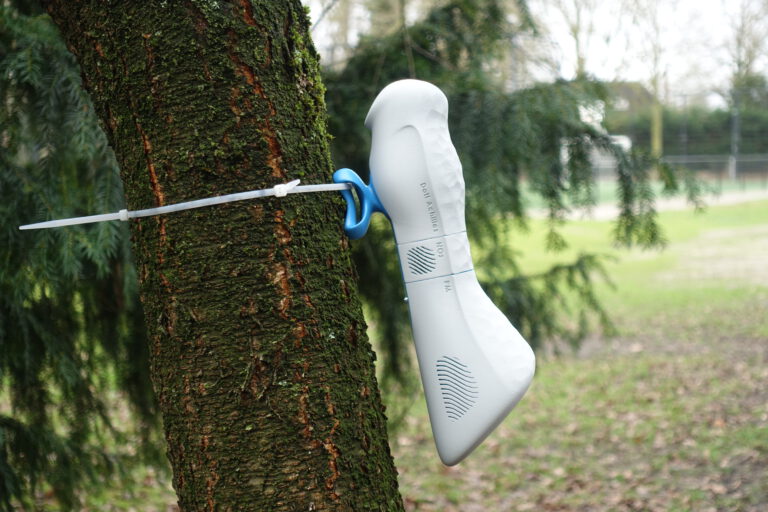
System design
Instead of designing a single product, this project asked for a product service-system: a physical measuring instrument with a modular sensor architecture and plug-and-play installation guidance, an online dashboard, and a mobile app. All components are designed to work together to realize the product’s full potential—maximizing functionality, ease of use, and user engagement. At the same time, their integration enables the offering of a complete package, laying the foundation of the product’s commercial viability and broader adoption.

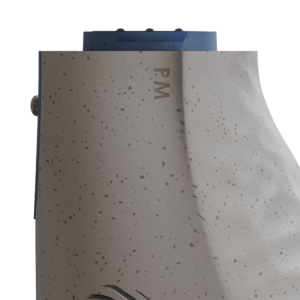
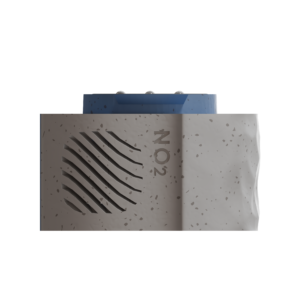
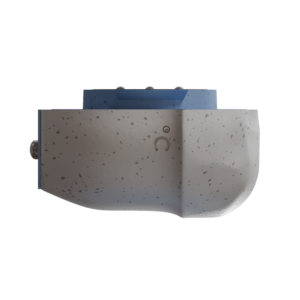
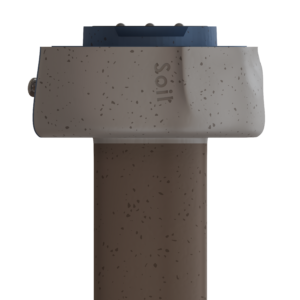
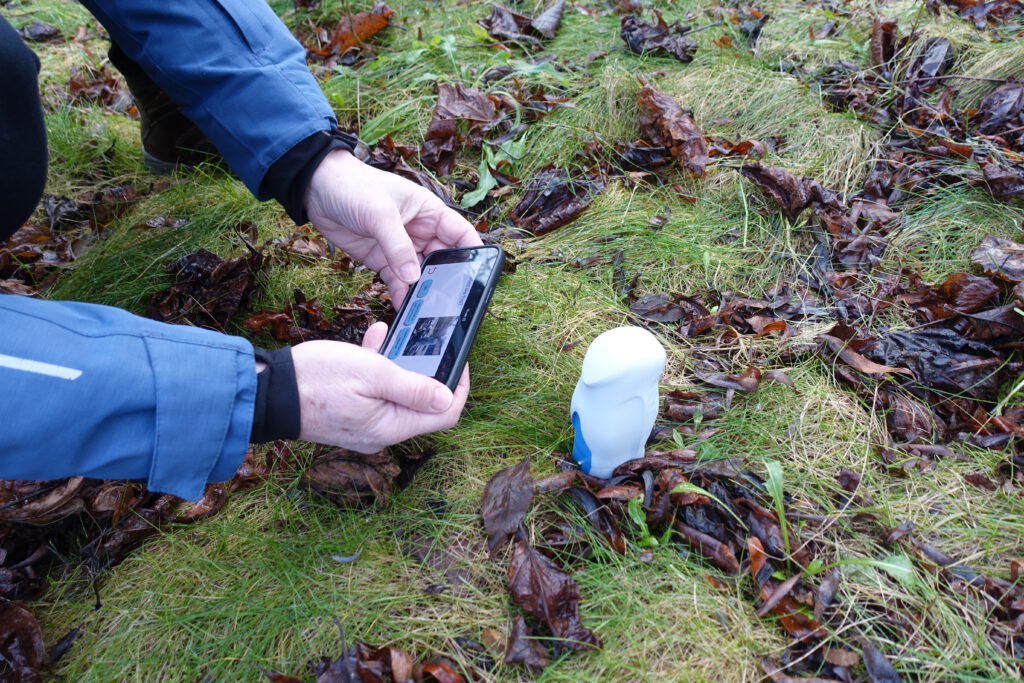
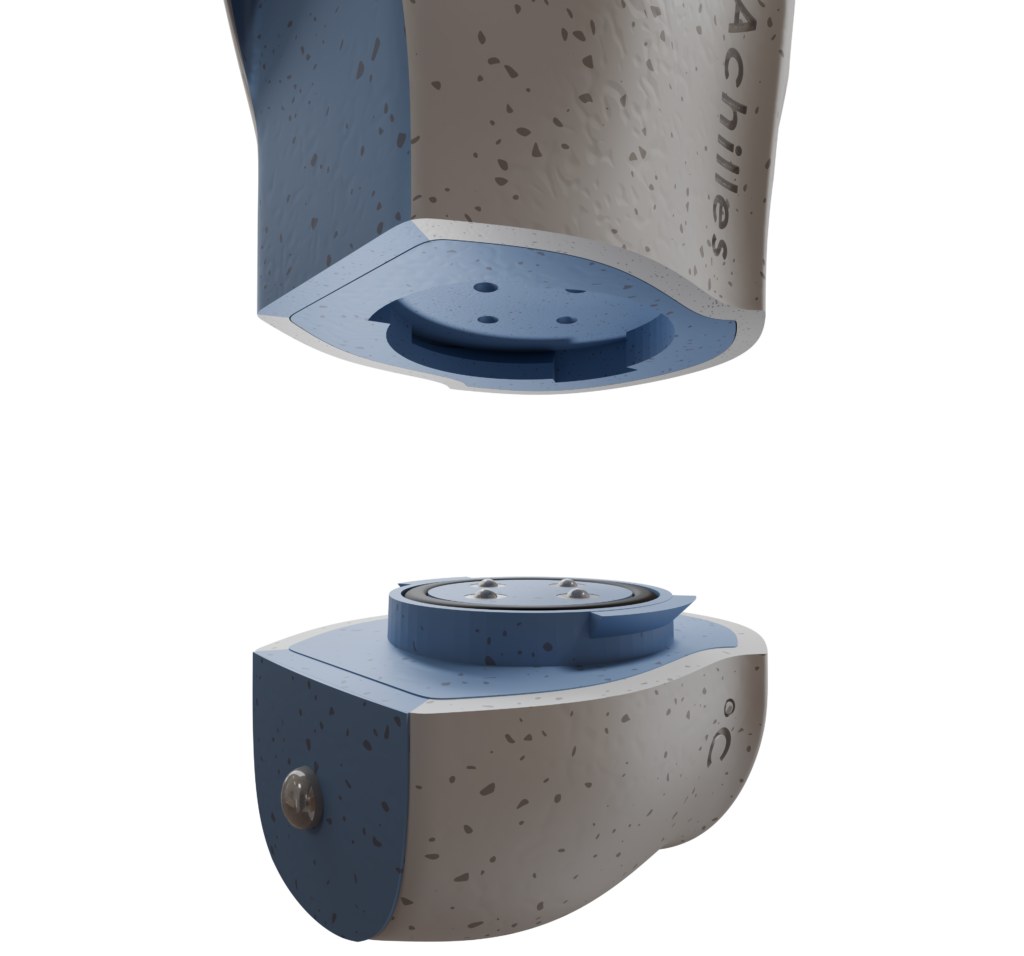
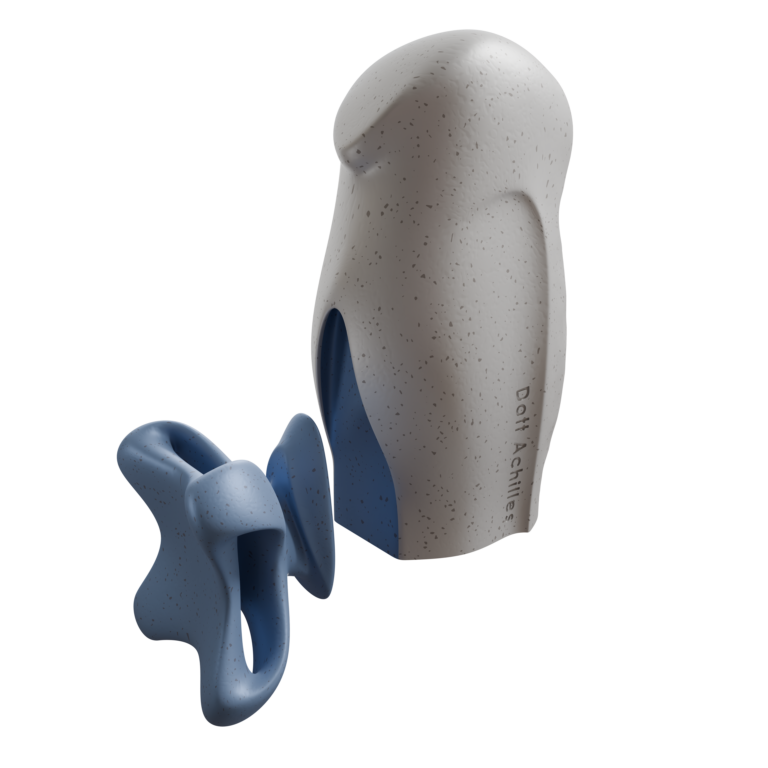
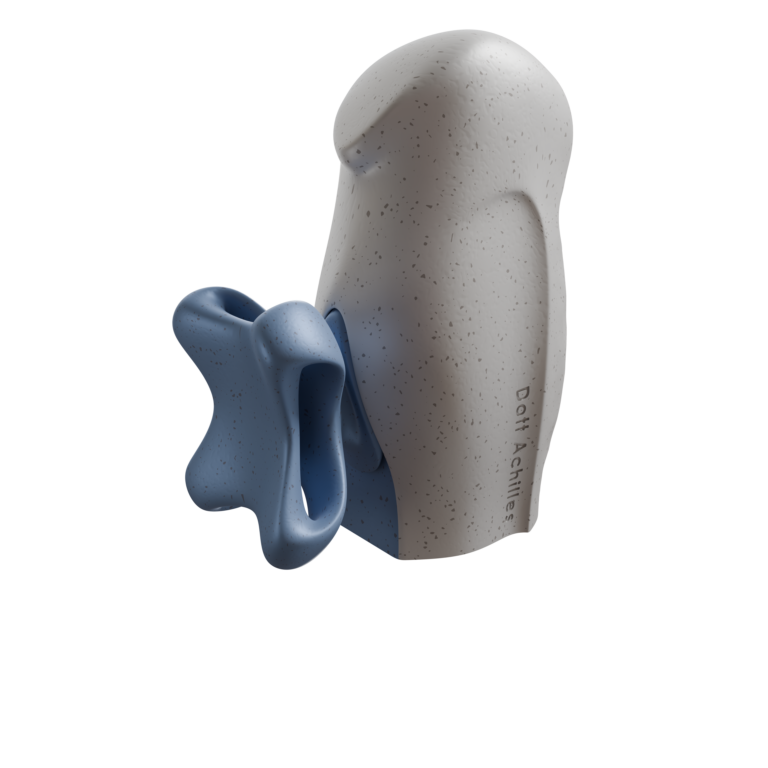
Navigating complex perspectives and stakeholder needs
The societal nature of citizen science brings together a diverse and complex network of stakeholders—including researchers, local organizers, citizen scientists, subsidy providers, (local) governments, and even non-participating ambient users. To address this complexity, the project began with an in-depth analysis combining existing literature with stakeholder interviews to reveal overlapping motivations, barriers and opportunities. These insights shaped a scenario that served as a foundation to guide the system’s design, ensuring the representation of many perspectives.

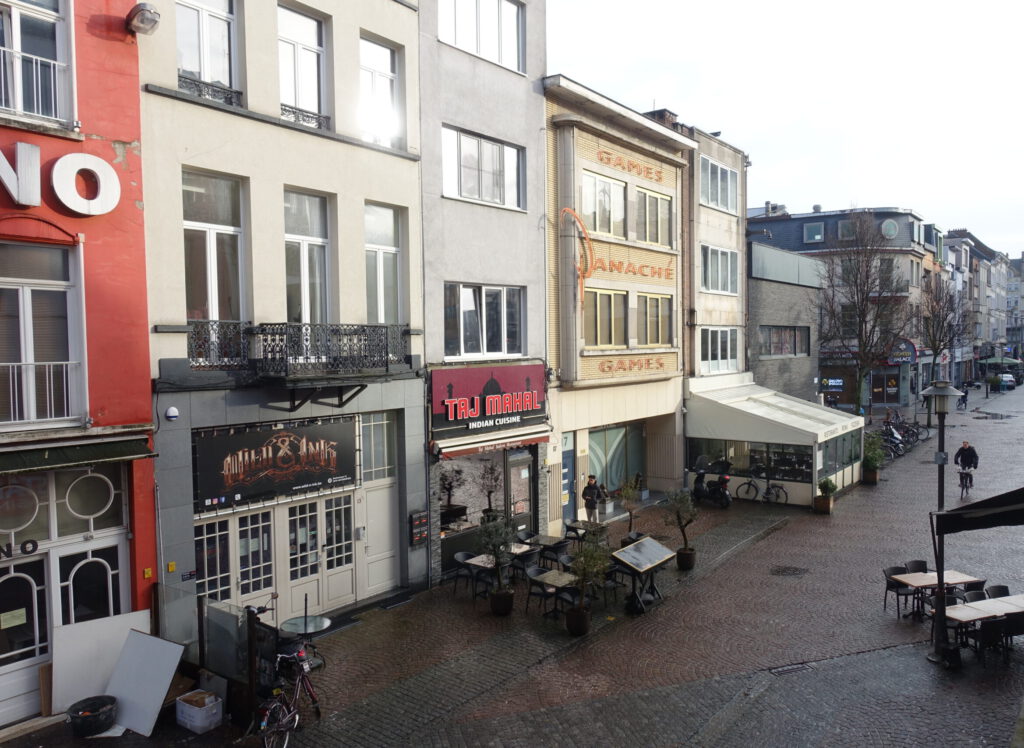
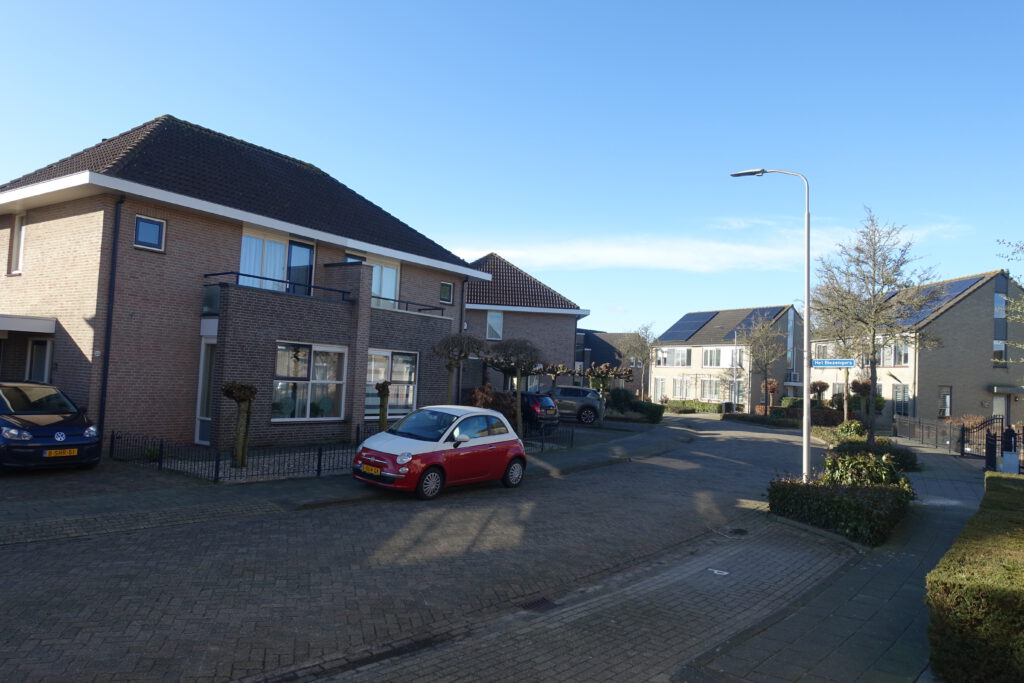
Detailed product design and development
The product was iteratively and extensively developed, with attention to its physical, technical and aesthetic qualities. The instrument features modular sensor mechanisms and adaptable mounting options, carefully designed with robust materials, cognitive ergonomics, and intuitive interaction cues. Technical components were prototyped and aesthetic components were visualized in Blender, while production techniques, electronics, and environmental impact were analysed and assessed. From plug-and-play usability to ambient communication for non-users, every detail was continuously iterated to ensure a solid, well-considered solution.




